Unlocking Freshness: The Science Behind Efficient Frozen Seafood Packaging
The demand for frozen seafood continues to rise globally, driven by both consumer preference for convenience and the increasing awareness of health benefits associated with seafood consumption.
According to the latest industry reports, the frozen seafood market is expected to reach USD 46.7 billion by 2026, growing at a CAGR of 3.8% from 2021.
Proper Frozen Seafood Packaging plays a pivotal role in preserving the quality, flavor, and nutritional value of seafood while minimizing waste.
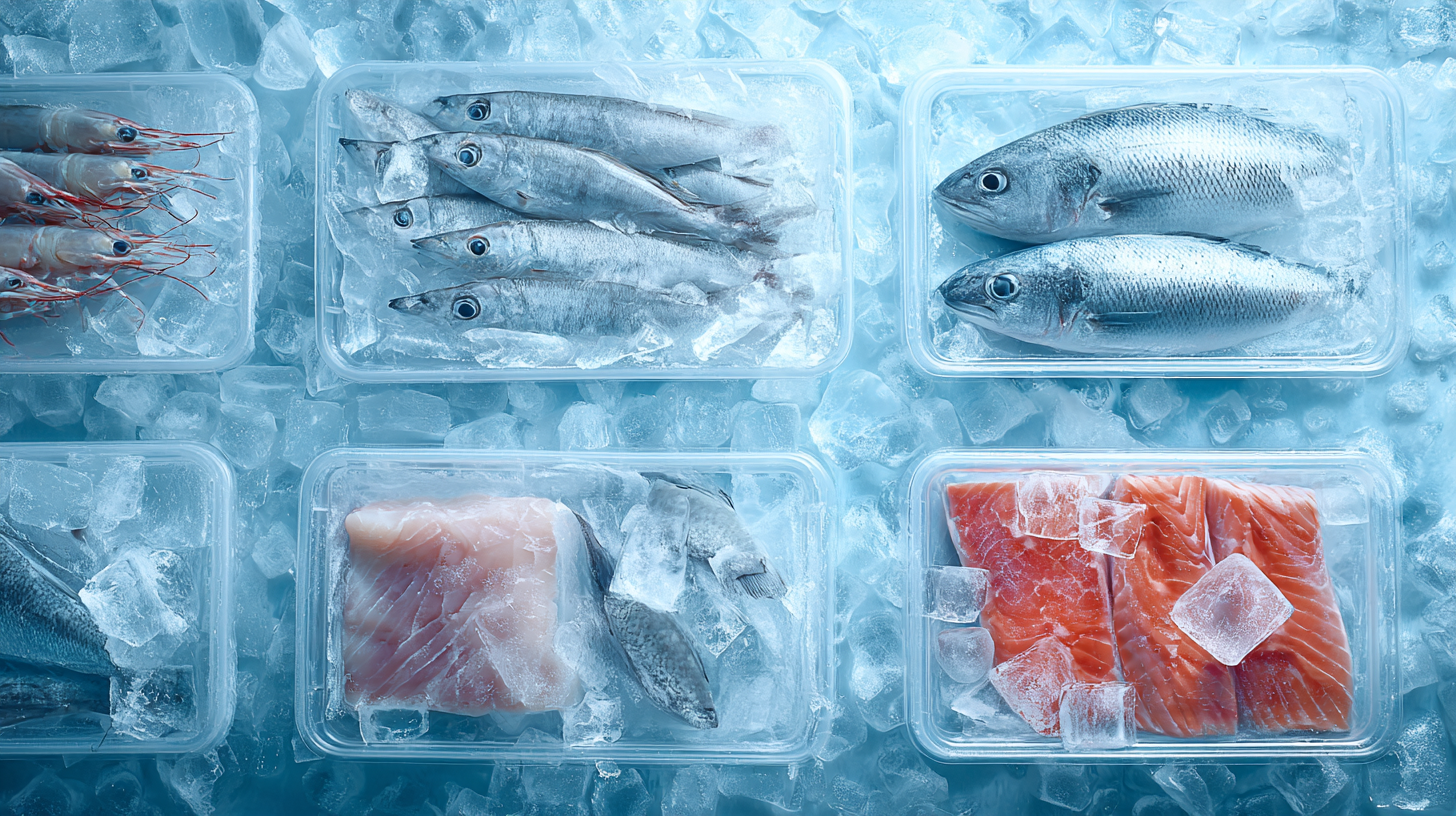 Advanced packaging technologies, including vacuum sealing and modified atmospheric packaging, ensure that seafood remains fresh during storage and transportation, addressing the challenges posed by temperature fluctuations and moisture control.
As the seafood industry evolves, understanding and implementing efficient packaging solutions is critical for maintaining product integrity and meeting the growing consumer demand for high-quality frozen seafood.
Advanced packaging technologies, including vacuum sealing and modified atmospheric packaging, ensure that seafood remains fresh during storage and transportation, addressing the challenges posed by temperature fluctuations and moisture control.
As the seafood industry evolves, understanding and implementing efficient packaging solutions is critical for maintaining product integrity and meeting the growing consumer demand for high-quality frozen seafood.
Understanding the Importance of Proper Frozen Seafood Packaging
Proper frozen seafood packaging is crucial for maintaining the quality and freshness of the product. When seafood is frozen, it undergoes a series of changes that can affect its texture, flavor, and nutritional value. Efficient packaging helps to minimize these changes by protecting the seafood from air exposure, moisture loss, and freezer burn, ensuring that consumers enjoy the optimal taste and quality when they defrost and cook their seafood.
**Tips:** Always choose vacuum-sealed packaging for frozen seafood, as it removes air and reduces the risk of freezer burn. Furthermore, consider labeling packages with the freezing date to keep track of freshness. Lastly, refrain from refreezing previously thawed seafood to avoid degradation in quality.
Understanding the importance of this packaging process assists businesses in delivering higher-quality products while meeting consumer expectations. Proper packaging materials, such as polyethylene wraps or specialized containers, not only preserve the seafood but also contribute to sustainability by reducing waste. By investing in advanced packaging technology, seafood providers can ensure that their products remain nutritious and flavorful until they reach the consumer's plate.
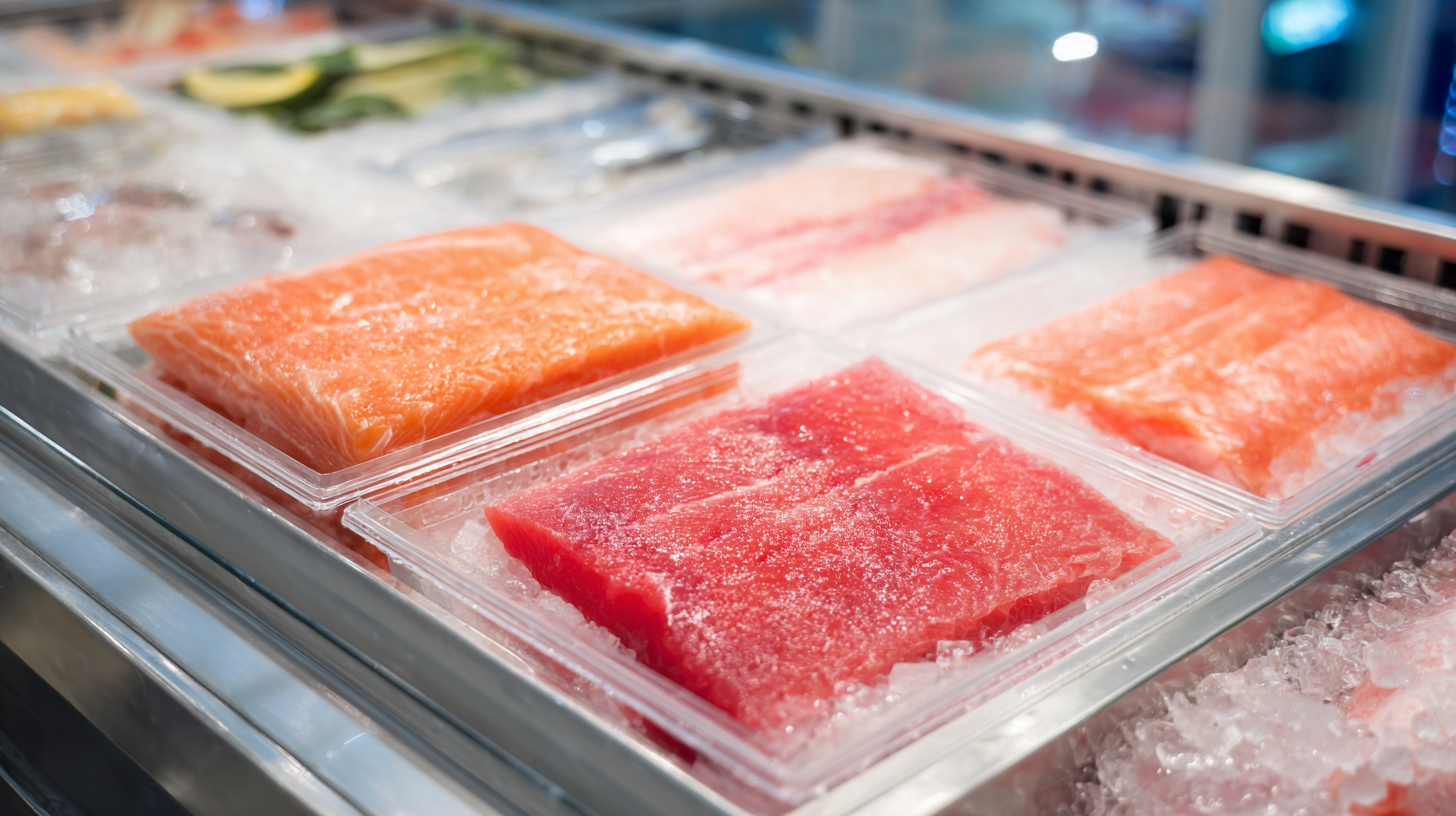
Key Materials for Optimal Frozen Seafood Storage
When it comes to frozen seafood, effective packaging is crucial for maintaining freshness and preventing spoilage. Key materials used in frozen seafood storage include high-performance plastics and specialized multilayer films that provide excellent moisture barriers and protect against oxygen exposure. These materials are designed to withstand the low temperatures of traditional freezers while ensuring that the natural flavors and textures of the seafood are preserved.
Research into seafood freezing has shown that timing and conditions are paramount; freezing fish at the optimal moment can prevent it from developing undesirable qualities, such as discoloration. Furthermore, recent tests of food storage containers highlight the importance of airtight seals and durability. Containers that excel in these areas not only extend the shelf life of frozen seafood but also enhance overall food preservation. Choosing the right packaging can significantly impact the quality of seafood after it has been thawed, making attention to details like material choice and sealing techniques essential for both consumers and producers.
Innovative Technologies Enhancing Frozen Seafood Freshness
Advancements in technology have significantly transformed the way we package frozen seafood, ensuring that freshness is preserved from ocean to table. Innovative solutions such as vacuum sealing and modified atmosphere packaging are now widely adopted. These methods reduce exposure to oxygen and moisture, which helps to prevent freezer burn and extend the seafood's shelf life. Furthermore, the use of temperature-controlled supply chains and real-time monitoring systems allows for optimal storage conditions, maintaining the quality of seafood even during transportation.
**Tip:** When selecting frozen seafood, look for products that indicate the packing technology used. Seafood vacuum-sealed and packaged in controlled environments often retains superior freshness compared to others.
In addition to these technologies, nanomaterials are paving the way for the next generation of packaging. Incorporating antimicrobial properties into packaging materials not only inhibits the growth of harmful bacteria but also enhances the overall safety and quality of the seafood. This fusion of science and packaging design exemplifies the commitment to delivering fresh, delicious seafood to consumers.
**Tip:** Always check the packaging for any signs of damage or tears. Intact packaging is crucial for maintaining the seafood's freshness and safety.
Unlocking Freshness: The Science Behind Efficient Frozen Seafood Packaging
| Packaging Technology | Freshness Retention Period (Months) | Temperature Compatibility (°C) | Sustainability Rating |
|---|---|---|---|
| Vacuum Sealing | 12 | -18 | High |
| Modified Atmosphere Packaging (MAP) | 10 | -18 | Medium |
| Cryogenic Freezing | 24 | -196 | High |
| Durable Plastic Containers | 6 | -20 | Low |
| Active Packaging | 8 | -18 | Medium |
Techniques for Reducing Freezer Burn in Seafood Products
Freezer burn is a common issue that can significantly affect the quality and taste of frozen seafood. This phenomenon occurs when moisture evaporates from the surface of the seafood, leading to the formation of ice crystals and a dry, discolored texture. To combat this, several techniques can be employed to enhance the packaging of seafood products. One effective method is vacuum sealing, which removes air from the packaging, thereby reducing oxidation and preventing moisture loss. By creating a tight seal around the seafood, vacuum packaging not only preserves freshness but also effectively minimizes the risk of freezer burn.
Another innovative technique involves the use of modified atmosphere packaging (MAP). This approach alters the gases within the packaging to slow down the growth of bacteria and mold, extending the shelf-life of the seafood. By incorporating inert gases such as nitrogen or carbon dioxide, MAP helps in maintaining product integrity while preventing moisture loss. Additionally, incorporating moisture-resistant films in the packaging further shields the seafood from the adverse effects of freezer burn, ensuring that consumers receive high-quality, flavorful products. Employing these advanced packaging techniques is essential in unlocking the full potential of frozen seafood.
Best Practices for Efficient Packaging and Distribution of Frozen Seafood
Efficient packaging and distribution are crucial for the success of the frozen seafood market, particularly in light of the growing global demand for ready-to-eat seafood snacks. As North America and Europe continue to dominate due to heightened consumer awareness of the health benefits associated with seafood, the Asia-Pacific region, driven by significant consumption in countries like China and Japan, is projected to experience the fastest growth. This shift underscores the importance of implementing best practices in packaging that not only preserve product quality but also enhance consumer appeal.
When considering frozen seafood packaging, it is essential to employ techniques that ensure freshness while being environmentally conscious. Tips such as using vacuum sealing can significantly prevent freezer burn and maintain the seafood's natural flavors and textures. Additionally, incorporating biodegradable materials in packaging can attract environmentally aware consumers and align with growing sustainability trends.
To optimize distribution, companies should focus on maintaining a consistent cold chain during transit. This involves using insulated containers and temperature-controlled logistics, ensuring that the seafood remains at safe temperatures until it reaches the consumer. Additionally, clear labeling that highlights preparation instructions and health benefits can educate consumers and enhance their purchasing experience, ultimately driving market growth.
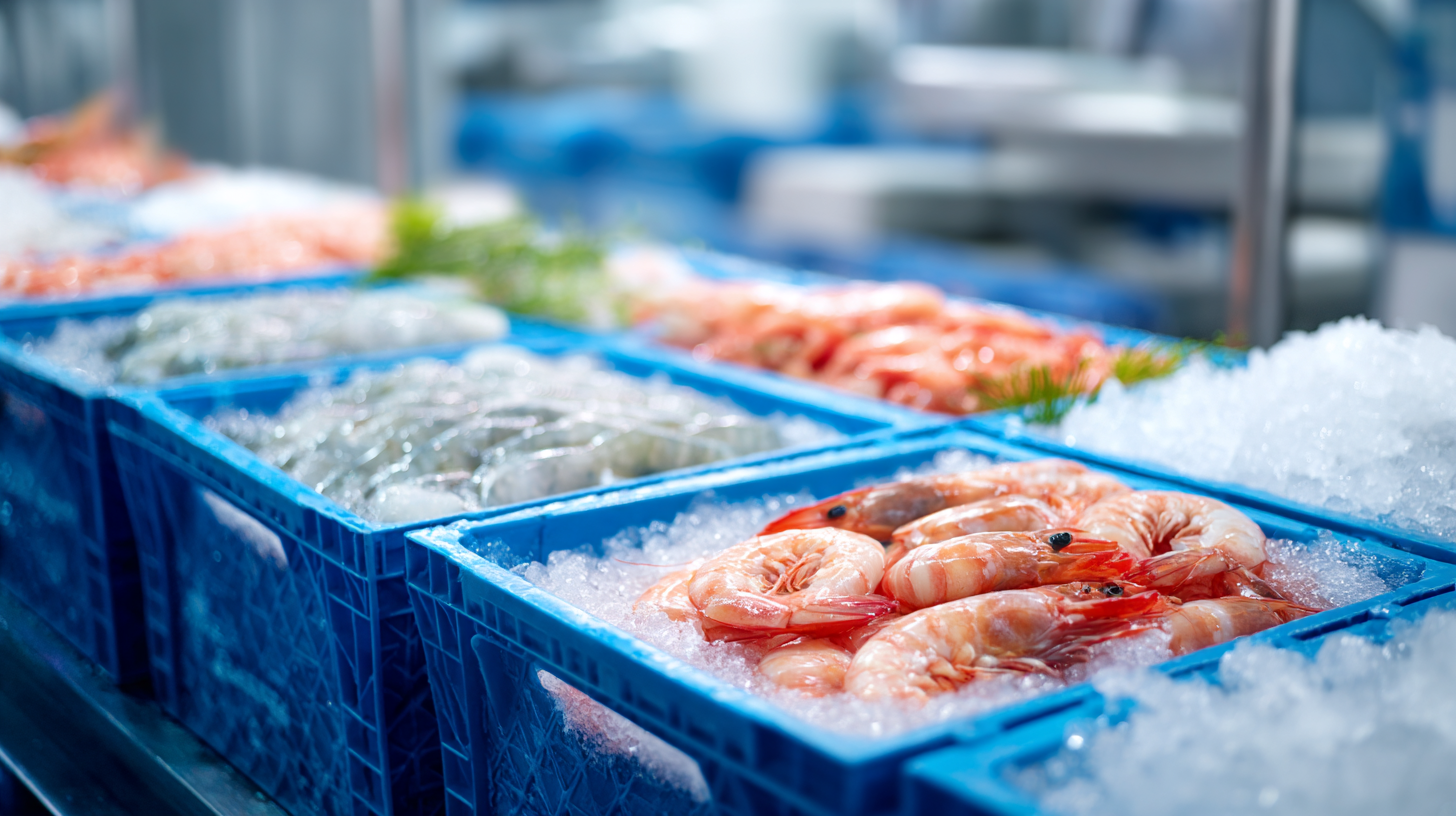
Related Posts
-

The Ultimate Guide to Choosing the Best Frozen Seafood Packaging Solutions
-
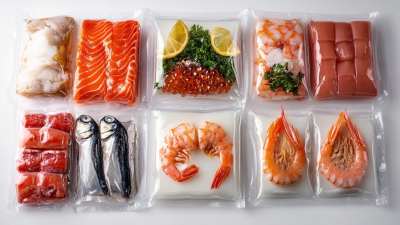
Future Trends in Frozen Seafood Packaging Innovations and Solutions for Global Buyers 2025
-
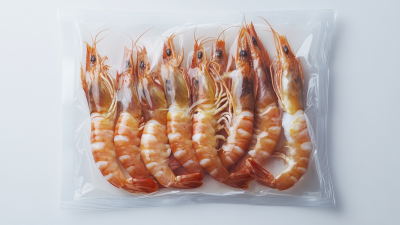
Essential Tips for Sourcing High-Quality Frozen Seafood Packaging Solutions
-

How to Choose the Right Frozen Seafood Packaging for Maximum Freshness
-

The Future of Sustainable Practices in Frozen Seafood Packaging
-

Ultimate Guide to Choosing the Perfect Pet Food Spout Packaging Bag for Your Business Needs

 中国
中国